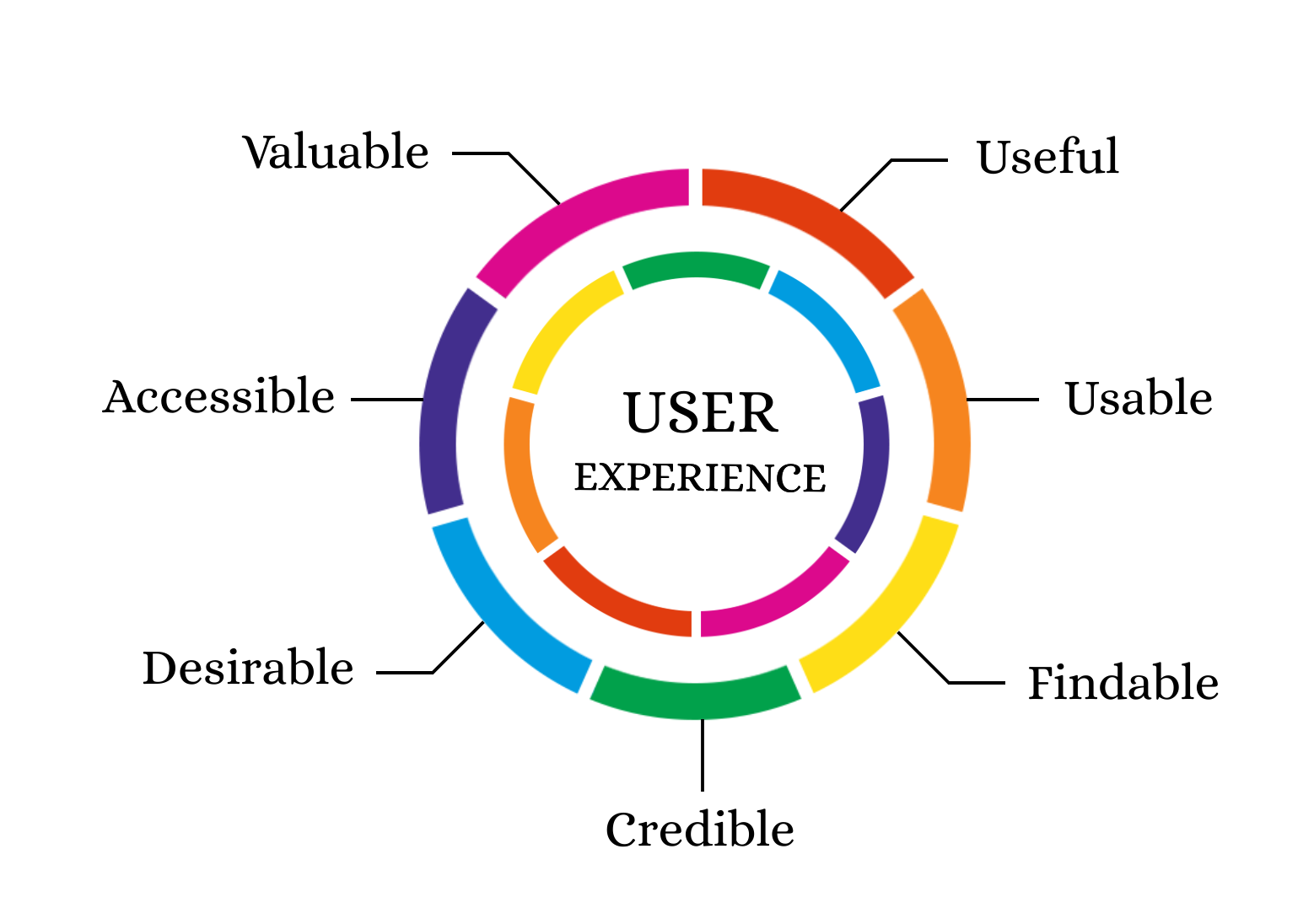The heart of a great company lies in the overall experience it provides it’s customers.
Whether it’s a seamless purchase, fast access, a memorable unboxing, a high quality product or all of the above.
In the end it comes down to a feeling the company creates, which invokes reciprocity and sharing.
Brands like Apple, Samsung, Nike, Google and many others. Have all been incredibly consistent at delivering these experiences to their customers on all fronts.
Which is why we now associated their names with a promise of quality and trust.
So many companies believe they’re delivering on all fronts to their customers, yet shoppers still choose to go to their the competitors. Why is that?
The question is…
What is the difference between a ‘good enough’ customer journey and a truly remarkable one?
In this article we’ll look at the 5 key steps you can use to deliver a great customer journey and get the most out of every single interaction:
1. Awareness
Many concepts come time mind but the main one is “user experience”.

how a user interacts
But a good customer journey is about the customer getting exactly what they wanted with the least amount of friction possible.
To make the point… let’s step out of the ‘professional’ context and think about a simpler journey.
Let’s say you were in your room, you wanted to go into the kitchen and eat a cookie.
How could we grade that experience?
We can grade the journey based on one main concept:
Convenience vs. Friction
- Convenience –
- Friction – Was the path to get there easy? Were there any unnecessary challenges in the way?
- Accuracy – How did you feel once you reached the destination?
1. Accuracy
Relevancy is about making sure the customer feels understood.
2. Friction
How easy was it for them to get what they wanted?
Did they enjoy the experience, or was it filled with obstacles.
3. Speed
How long did it take them to find it.
A good customer journey is about taking people where they are right now to where they want to be.
You have to meet them where they’re at.
Thereby understanding the economy of inbound marketing. IE where they are in the decision making process.
